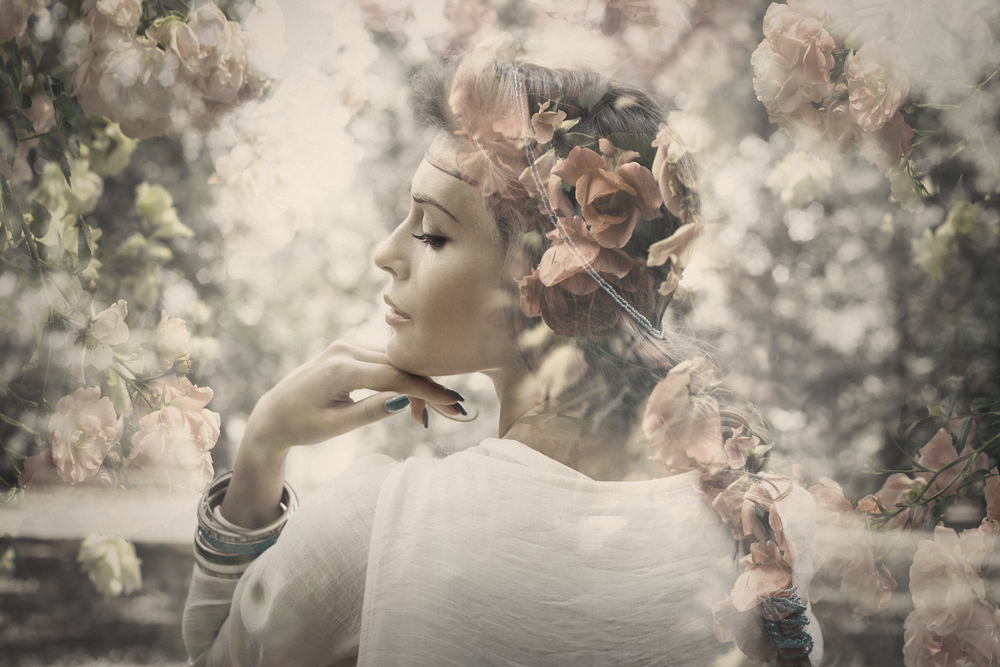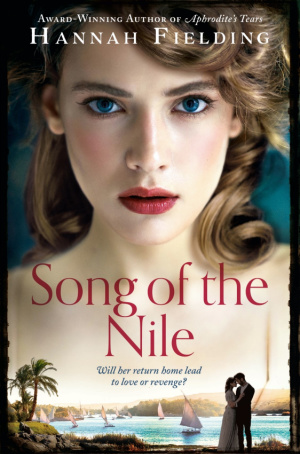From Hathor to Aphrodite: Goddesses of love
From Hathor to Aphrodite: Goddesses of love
From Hathor to Aphrodite: Goddesses of love
-
Hannah
-
Hannah

Don’t we all wish for love, to give it and receive it? The majority of us wish to find a partner with whom we can share our life – to find romance and passion and affection and an enduring connection. In modern times, we tend to think we are ‘the masters of our fate’*, but in ancient times people thought differently.
Whether or not you fell in love, with whom and for how long was a matter for the gods. More specifically, the goddesses – for the deities in charge of love were all female goddesses.
In Egypt, setting of Song of the Nile, I knew there was no better place for the hero and heroine to visit on a date than the Temple of Hathor. She was the goddess of the sky, of beauty, of music, of joy, of motherhood, of fertility – and of love. Entering the temple, Aida is struck by its overwhelming majesty. Hieroglyphs, emblems and wall paintings are all around. I describe one of the paintings as follows:
The beautiful goddess Hathor – her throat, her hips, her unveiled nakedness – was portrayed with a searching and lingering realism; her flesh seemed almost to quiver. She and her handsome spouse contemplated each other naked, their laughing eyes seemingly alive and intoxicated with love.
If you wanted to find love in Ancient Egypt, Hathor was the goddess to whom you prayed and left offerings in the temples dedicated to her. She was the epitome of love and passion, and through her grace couples bore children.

Song of the Nile: available to buy now
Another of my novels is set in Greece and rich in mythology: Aphrodite’s Tears. Aphrodite was the Ancient Greek goddess of beauty, sexuality and love; it is from her we derive the idea of the aphrodisiac. She was the mother of Eros, the god of sexual attraction.
In Ancient Rome, Aphrodite’s counterpart was Venus, goddess of love and of beauty. Like Aphrodite, she was young and beautiful, and she had many lovers, both mortal and god. Her son was Cupid, god of desire, erotic love, attraction and affection.
Other civilisations had their own goddesses of love:
Áine (Irish)
Queen of the fairies, according to some, and the goddess of summer, wealth, and love and fertility. In County Limerick, Knockainey Hill is named for her (Cnoc Áine) and has long been the location for rituals carried out to honour the goddess and seek her blessing for fertility of the land and in marriage.
Astghik (Armenian)
Astghik, goddess of love and beauty and water, was worshipped as one of the trinity of Armenian creator deities, the mother of heaven and earth. Her name comes from the Armenian word for star. To this day, Armenians honour Astghik at a festival in which they set free doves and sprinkle water while making wishes for good fortune and health.
Freya (Norse)
Goddess of love, beauty, fertility, sex, magic and divination. She was known by many names, including Gefn, Hörn, Mardöll, Sýr, Valfreyja and Vanadís.
Frigg (Norse)
She was the wife of Odin, god of wisdom and death, healing and battle, and so much more besides. But not love – that was his wife’s domain. Frigg was the goddess of fertility and marriage. We derive ‘Friday’ from her name.
Inanna (Sumerian)
Inanna was the goddess of love, beauty, sex, desire and fertility. She was worshipped as far back as 4000 BC, and the Babylonians later worshipped her as Ishtar.
Turan (Etruscan)
Artists depicted this goddess of love, fertility and vitality as a young girl with wings. She was seen as the Etruscan version of Aphrodite and Venus. In Tuscan folklore, she evolved into Turanna, a spirit who helped mortals to find their way to love.
Xochiquetzal (Aztec)
A goddess of fertility, beauty and female sexual power, Xochiquetzal protected mothers and was a patron of women’s crafts. She was the mother of Quetzalcoatl, the Aztec god of wind, air and learning, and wherever she went she was surrounded by beautiful birds and butterflies.
How comforting it must have been to believe in a goddess of love who would lead you to your true love. Perhaps we would be happier today if we still put our faith in such goddesses.
* From William Ernest Henley’s poem ‘Invictus’: ‘I am the master of my fate / I am the captain of my soul’.
Photo credit: Coka/Shutterstock.com.